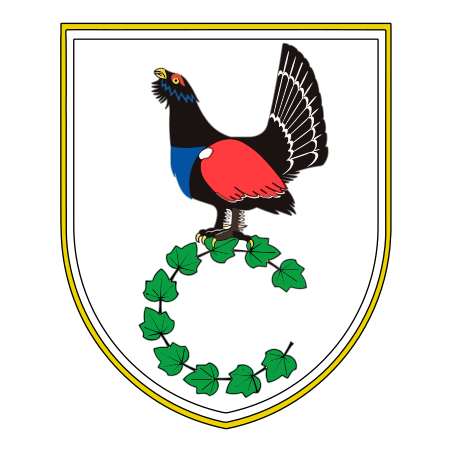Cerkno lies in the passage between the Alpe and Primorje regions. Above the Idrijca River there is an entrance to a cave called Divje Babe ('Wild Old Women') where palaeolithic remains of the glacial period have been found. In the 14th century Cerkljanska was the most densely populated region of Slovene territory. From 1420 until 1509 it belonged to the administration of Venice and after that the region fell under Habsburg rule for three centuries. During the Second World War Cerkno was a very important partisan base. For the needs of the army, there were many partisan workshops and schools. A partisan hospital here is preserved as a museum. The Laufarji ('Runners') carnival costumes have been preserved throughout the centuries. The Runners family is made up of 24 people wearing wooden masks (larfa) - see Cerkno Museum.
The Social Activities Department of Cerkno Municipality covers the fields of education, sport, culture, science, health care and social welfare and its tasks depend on legislation. Both of Idrija’s municipal institutions - Idrija City Library and Reading Room and Idrija Municipal Museum - were established and are now funded jointly by the municipalities of Idrija and Cerkno. The local branches of the Union of Cultural Societies of Slovenia (ZKDS) and the Public Fund for Cultural Activities of the Republic of Slovenia (JSKD) facilitate the activities of local cultural organisations and act as mediators in respect of state and municipal funding.
See also
- Cerkno Museum
- Idrija Municipal Museum
- Franja Partisan Hospital
- Idrija City Library and Reading Room
- Gabrijel Fest Cerkno
- List of municipalities
External links
- Municipality of Cerkno website (in Slovenian)



